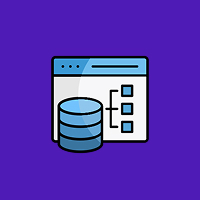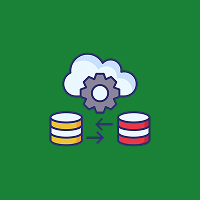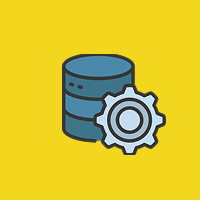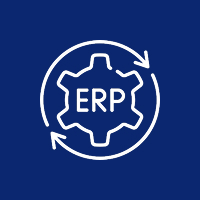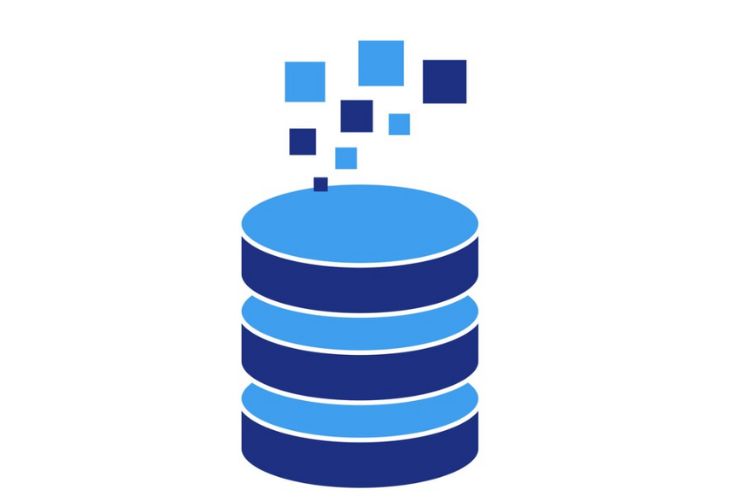With the growth of enterprises comes growth in the amount and complexity of the data produced. A database that performs well today may struggle to handle tomorrow’s increased traffic, larger datasets, higher transaction volumes, and complex analytics. Without planning, the database could throttle the application, diminish the user experience, and even impact the overall business.
A scalable database allows for consistent performance, reliability, and operational efficiency as your organization grows. With a scalable database, the business can support larger cohorts of end-users, larger datasets, and rapid transaction loads without sacrificing speed, uptime, or data integrity.
Key Principles for Designing a Scalable Database
1. Choosing a Database Type
Selecting the database system is foundational to a scalable database:
- Relational Databases (SQL): Great for structured data, transactional workloads, and ensuring strict data integrity. Examples include MySQL, PostgreSQL, and Oracle.
- NoSQL Databases: Great for unstructured or semi-structured data, including JSON, log files, data from IoT devices, and content feeds. Examples include MongoDB, Cassandra, and DynamoDB.
- A Hybrid Approach: Many enterprises leverage a combination of SQL and NoSQL databases to best utilize the qualities of both. Use an SQL database for transaction processing, and use a NoSQL database for more flexible storage or analytical workloads.
2. Proper Indexing is a must
- By creating indexes on columns you are filtering on, querying will be done faster because the database does not need to carry out a full scan of the data.
- On the downside, over-indexing can lead to slower write operations, so you should have an eye on read and write efficiencies.
- For queries filtering on multiple columns, try using composite indexes and/or covering indexes to optimize your indexes even more.
3. Horizontal vs. Vertical scaling
- Vertical Scaling: Upgrading CPU, RAM, or storage on a server node – that’s appropriate for modest growth, but hardware is limited.
- Horizontal Scaling: Adding multiple servers or nodes to share load is generally more flexible for scale. Horizontal scaling is often associated with high available applications.
4. Shard and Partition Databases
- When databases are increasingly larger databases can be broken down into smaller, manageable segments, either in range, hash, or list partitioning.
- Sharding the database spreads a database across multiple servers and reduces the query load on a database server provided there is no data correlation.
- This approach is best suited for enterprises with a large volume of transactions or user-generated content on the web.
5. Optimize Queries and Transactions
- Optimizing and abstracting transaction query overhead, along with memory overhead will minimize query resource consumption, along with the decrease of latency in database calls.
- Consider caching your frequently shaped data for high resource transactions with a caching layer, thus preventing the need to constant query the database.
- Avoid long-running transactions for clients which lock database tables for durations which will impact other client requests.
Recommended Practices
Constantly Track Performance: Utilize tracking tools including Prometheus, Grafana, New Relic or Datadog in order to monitor query speeds, memory utilization and server performance.
Automate Database Maintenance: Automate your operational tasks (indexing, backups or data cleanup) in order to lessen and reduce human interaction.
Plan for Future Growth: Make projections on volume of data, number of users and transaction rates, when designing capacity for future expansion.
Use Security Best Practices: Implement encrypted connections (SSL), role based access, and ensure compliance with several regulations such as GDPR, HIPAA or SOC2.
Optimize Schema Periodically: As the data volume increases, you will need to optimize the structure, indexes and partitions of your tables. You may opt for increasing the denormalization in read-heavy workloads.
Connection Pooling: Manage database connections to increase performance on your high traffic workloads.
Read Replicas: Use replicas to spread the read queries on your database, relieving overload on the primary databases.
Microservices Architecture: Disentangling your applications from the database layer can help eliminate contention on the database and increase scalability.
Trends in Database Scalability
- AI Enhanced Database Optimization: Modern databases with AI based tuning engines can automatically optimize performance and alert on anomalies.
- Serverless Databases: Cloud providers are now providing fully managed serverless databases such as Aurora Serverless that auto-scale databases based off of demand.
- Edge DB: For enterprise collaborative projects, for example, edge databases provide low latency data access for your distributed users and IoT devices.
Conclusion
Designing a scalable database is no longer optional for growing enterprises. It ensures that organizations can handle increasing data volumes, traffic spikes, and complex analytics workloads without compromising performance, reliability, or user experience.
By following best practices such as choosing the right database type, implementing indexing, optimizing queries, leveraging cloud solutions, and planning for growth, businesses can build a database infrastructure that scales seamlessly with their operations.
A well-designed, scalable database not only improves performance but also supports business continuity, operational efficiency, and long-term growth, making it a cornerstone of modern enterprise IT strategy.
Contact Us Today













 Database Development
Database Development








